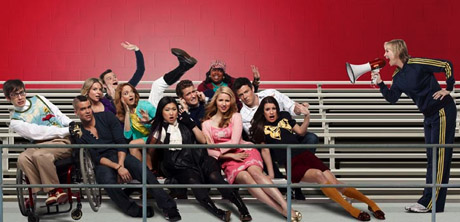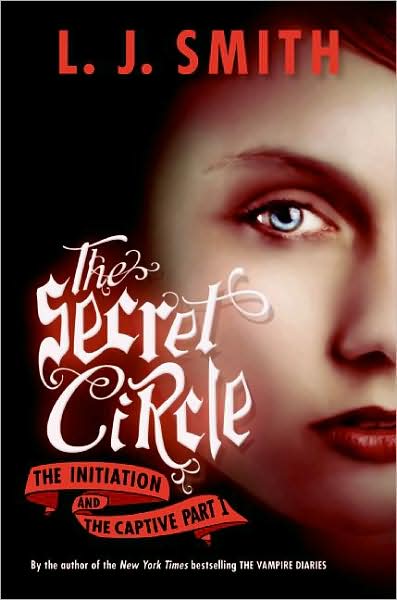
Attention Gleeks: the weekend of February 5th is notable for something besides the Superbowl. Yeah, yeah, I know that whole football thing is a pretty big deal, but for those not into the game (or those wonderful commercials), you finally have a decent alternative.
Starting at 11:AM on Saturday, February 5th, Oxygen will run an all-day Glee marathon, showcasing fan-favorite episodes from both seasons, including “The Power of Madonna,” “The Rocky Horror Glee Show,” and “Britney/Brittany.” The marathon is part of an Oxygen promotion for its upcoming competition show, The Glee Project, in which undiscovered talents will compete for a multi-episode guest spot on the show in Season 3.
Oxygen is hosting a live chat with Glee fans during the marathon, where fans can interact and offer their thoughts on what kind of character The Glee Project should supply for Season 3.



